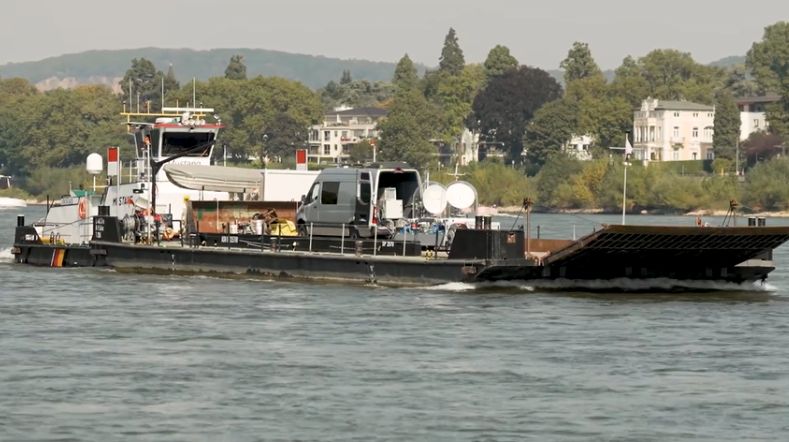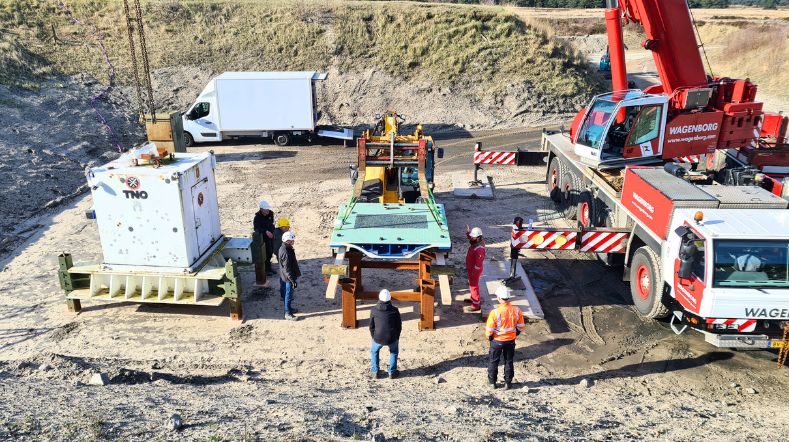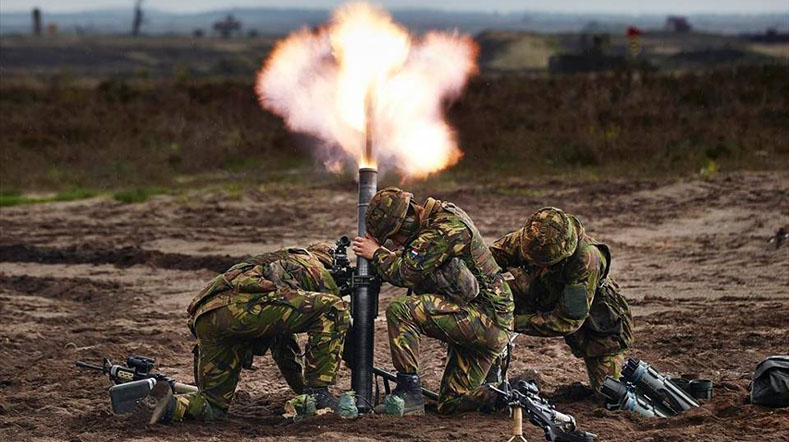Vehicle vulnerability and protection
A significant challenge in the defence industry today is the development of new protection concepts. In military vehicles in particular, optimum efficiency and usability require careful weighing of weight versus space considerations. A lighter vehicle equals a higher payload – provided lighter does not mean bulkier.
Development tends towards lighter materials without compromising on strength and protection level in terms of, among other things, blast and impact resistance. With an integral view, we assist the military, police and first responders, as well as anti-terrorism units and other stakeholders, to achieve higher vehicle protection and survivability levels for their personnel and material assets.
As for Vehicle Protection and Survivability, we serve a broad client and partner base. It ranges from the Netherlands’ and foreign, defence ministries (MoD) to military industries. The latter includes vehicle designers and constructors and associated armouring manufacturers and developers of protection components and add-ons. These vary from quite small companies to large multinationals.
Testing, compliance and qualification
Clients and partners will typically ask to With our dedicated test facilities and laboratory, we can perform ballistic and blast testing and qualification of vehicles and issue a Statement of Compliance or Qualification Certificate. TNO designs test campaigns to determine resilience with regard to a specific type of threat or range of threats, as well as mine and IED blast resistance testing in which complete vehicles are exposed to an explosive blast.
Anthropomorphic Test Devices, or so-called ’crash dummies’, help establish whether vehicles provide adequate protection for personnel. A key advantage of working with TNO is that we are able to conduct test & qualification campaigns in our unique well-equipped indoor facility, or if wanted anywhere in the world
International standards and certification
Our test, qualification and research services ensure compliance with international protection standards, including VPAM (for commercial armoured vehicles such as SUVs) and NATO STANAG 4569 (for military armoured platforms). Both end users and manufacturers of armoured vehicles are keen to obtain objective, unbiased evidence of successful testing for the market. TNO is also a preferred NATO partner for collateral damage assessment software as part of the STANAG 4686 evaluation procedures for APS systems.
Vehicle protection and Survivability: APS assessment
The widespread maturity of active-protection systems (APS) means this technology is currently being integrated into mainstream vehicle-protection systems. Extensive research and testing addresses the safety and effectiveness of APS systems. TNO plays a key part in developing internationally accepted test procedures and standards to ensure minimum collateral damage and maximum safety. Our multidisciplinary capacity is vital and successful in this context. We apply a multi-domain research approach (e.g. threat & target analysis, weapons technology, ballistics & blast/explosion research) to measure the impact and effects of the total chain of APS operations.
Blast protection and build-up of composites
In collaboration with international partners, including the NLR, We are currently developing composite structures for vehicle protection. Our work in this context focuses on blast protection and the shape and structural build-up of composites. This work is funded through the European Defence Agency (EDA) and will lead to the introduction of light weight, better-protected military vehicles in the near future.
Expertise and multidisciplinary capabilities
TNO offers outstanding quality of testing in terms of infrastructure, facilities, and professionals. Since we operate in a country without dominant domestic military industries, we can guarantee the autonomy and objectivity that military users, MODs and industry partners need. If wanted, clients can be sure that if a test has a disappointing result, our experts are standing by to provide support and consulting services to improve their material and vehicles. The specific expertises you can find with us are:
Get inspired
TNO’s Unit Defence, Safety & Security strengthens ties with South Korea


How the use of passive radars and satellite signals can detect and identify aerial threats


Responsible for safety: the crucial role of the range operator in bulletproof protection


Is the race between protection and weight of Defence vehicles changing?


Prevent mild brain damage (mTBI) in the military? TNO is helping to build knowledge


